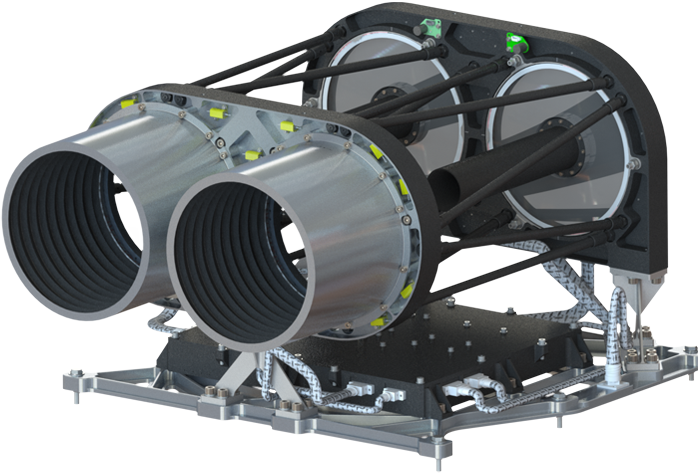For the last few years, the UF Department of Astronomy has worked with the UF spinoff company Satlantis to develop a state-of-the-art space camera for scientific and commercial applications: the “integrated Standard Imager for Microsatellites” (iSIM). The iSIM camera concept was originally designed in our department to obtain very deep images of dark haloes in galaxies around the Milky Way. These observations will provide the definitive information to unveil the nature of the elusive Dark Matter that fills the Universe. This is the main goal of the DUNES astrophysics mission (PI: R. Guzman), currently in preparation. But iSIM also provides very competitive performance for Earth Observations and its commercial applications led by Satlantis.
A major milestone in this technological development was achieved May 20, 2020, with the launch of the JAXA HTV-9 mission from Tanegashima (Japan). The HTV-9 mission is taking our iSIM-170 camera to the International Space Station (ISS), where it will dock on May 25th, 2020. Our camera is scheduled to be positioned on the outside platform of the Japanese KIBO module on June 10th and start taking images soon after. For the first time ever, a camera with just 170mm mirror diameter and a total mass less than 15 kg will demonstrate it can observe the Earth from space with sub-meter spatial resolution. To be precise, iSIM-170 aims to detect objects as small as 80 cm in size while taking images over a typical area of 12000 square km. And all this while traveling at 27600 km/h, 400 kilometers above the Earth’s surface.
The iSIM technology is another example of the benefits offered by a stable Instrumentation Program in our Department, providing access to state-of-the-art expertise in optics, mechanics, electronics and software to support the research activities of our faculty and students.
Credit: R. Guzman, B. Zhao, S. Schofield, and the Satlantis team









